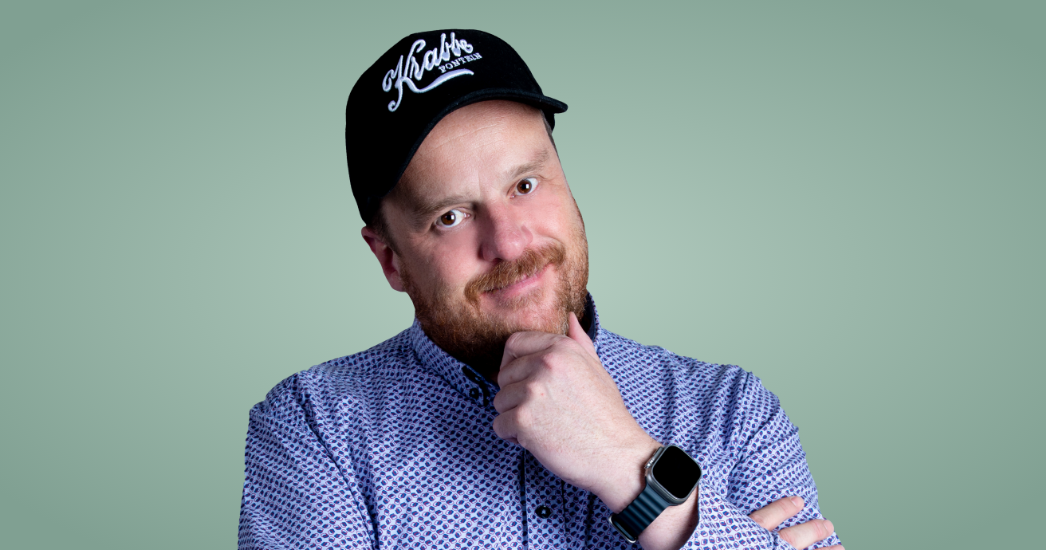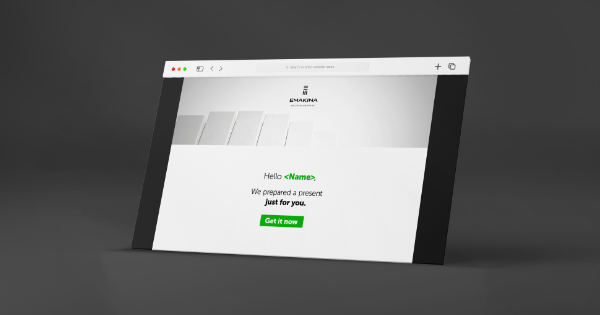Sound design systems – strategic branding that cuts through the mix

Emakina prides itself on being the User Agency. Our entire creative ethos is based on the idea that if we combine strategy, creativity, and technology, we can create better user experiences. We never rely on just one of these approaches in isolation, but rather on a powerful combination. The same principle applies to how our users interact with our products. They use their senses in combination.
In this new series, we will focus on our new approach to creating sound design systems. In part one, we will explore the power of sound in branding and unpack how we can strategically add it to the user experience.
A neglected sense with a promising future
Despite being on the cutting edge of technology in advertising, we still only have regular access to two of our users’ senses: sight and hearing. When we create new experiences for our users, we rely on our visual design systems for the building blocks, but how often does our industry neglect users’ sense of hearing when creating immersive user experiences? The answer is very regularly – until now. With our new approach called sound design systems, we will be able to grab and hold users’ attention with a more potent combination of sight and meaningful sound.
For too long, sound has been neglected in user experiences. In many cases, it was with good reason. A sudden, loud ringtone can most likely still ruin the day of anyone born after 1990, but the same person can be filled with a euphoric rush when they hear Netflix’s iconic “ta-dum” sound intro.
That sonic logo is so connected to how good it feels to relax on a couch watching your favourite show, that it can almost make you feel that way when you hear it in isolation.
It took Netflix a year to distil their brand identity down to just four seconds of sound, but its effect lingers much, much longer. They have been using it since 2015, and it is still not annoying – it’s very much the opposite.
Brands are starting to turn it up
Other forward-thinking brands have also renewed their focus on sound. Facebook recently added a library of Soundmojis to Messenger, and Mastercard have invested in the creation of reassuring branded sonic cues that give shoppers peace of mind at checkout. When their users pay using their product, they get a reassuring little sound notification to let them know the payment went through successfully.
Audi even went as far as designing a digital sound for their fully electric e-tron GT model. They clearly read the many YouTube comments bemoaning the sad lack of roar coming from environmentally friendly motors.
These brands understand that the way we interact with their products is becoming more intuitive and sensory, and that combining more of our senses into a single experience brings greater rewards.
In a 2009 study, researchers Brunel et al found that when people are exposed to visuals and sound together, their memory of one can be triggered when exposed to the other in isolation.
Imagine this: Someone is standing next to you opening an ice-cold bottle of soft drink. Think about the sound it makes – the tssshhht of gas escaping and the bottle cap clinking as it hits the table. Now, which brand pops into your mind first? Really think about it for a second …
Odds are you thought of Coca-Cola, because they did a cheeky bit of audio colonising of a neutral sound that really should not be the property of any one brand. But it belongs to them after they put their big red stake in the ground.
That is just a single sound asset, and it is incredibly powerful, but our new approach to sound design goes beyond just single sonic mnemonics and jingles. It goes beyond playfully soundtracking visuals. It strategically creates sonic languages that have the power to reassure, inform and direct our users.
What sound design systems can do for brands
Sound design systems create the basic sonic language used to communicate a brand identity. From finding the key strategic insight into what a brand needs to say, to creating the sound assets that say it best.
Among other things, this could include:
- UI sounds (think Apple Pay‘s very satisfying chime and haptic combo)
- Sonic brand cues (sounds you recognise as belonging to a brand)
- Campaign and brand themes (music composed for a brand)
James Ramsden, Executive Creative Director of Coley Porter Bell, wrote in a WARC piece that he believes “incorporating high quality sound into the entire brand experience is one of the greatest untapped potentials for brand owners across the world.” We strongly agree. At the end of the article, Ramsden asks: “What sound do you associate with Amazon for instance?”
The silence is absolutely deafening while we try to think of the answer. Especially if you consider research from Ipsos. They found that creative assets were 300% more effective when they used audio. That figure shot up to 800% when sonic brand cues were used.
We believe that leading brands increasingly have a feeling that sound has the potential power to elevate their user experiences, but that there is often a lack of clear strategy that takes it beyond novelty. Our approach is to provide the strategy that connects the creative use of sound with an understanding of how people interact with brands using technology.
Make your brand sound on point
At Emakina, we can add strategic insights into the mix with creative sound design and a deep understanding of technology. Get in touch with us to talk more about sound design systems for your brand.
Look out for Part 2 of this blog series on sound design systems where we’ll be exploring the architecture of building a brand identity with sound.
Remember to do some further reading on our use of visual design systems.
References
Brunel, L., Labeye, E., Lesourd, M., & Versace, R. (2009). The sensory nature of episodic memory: sensory priming effects due to memory trace activation. Journal of Experimental Psychology: Learning, Memory, and Cognition, 35(4), 1081.




